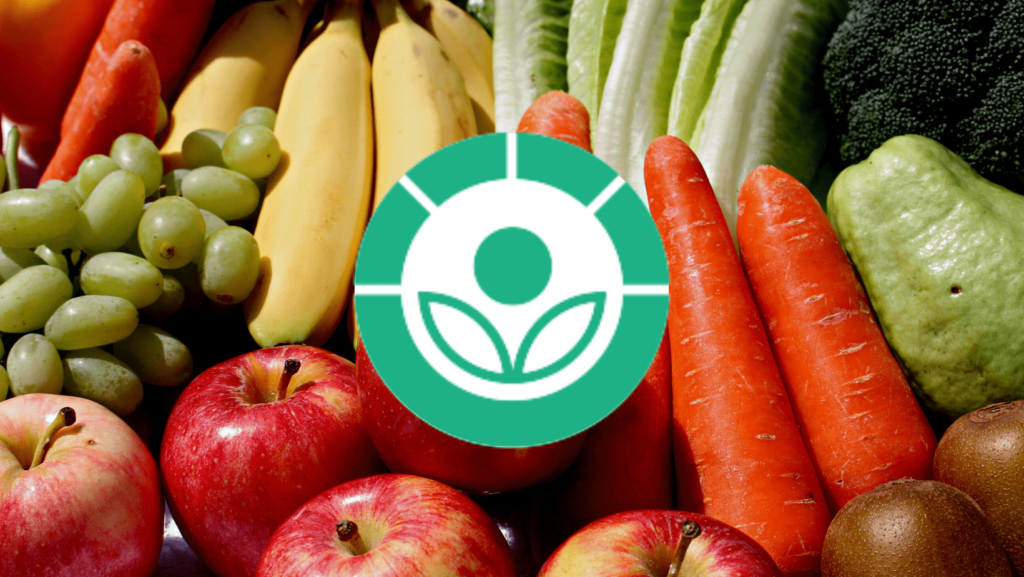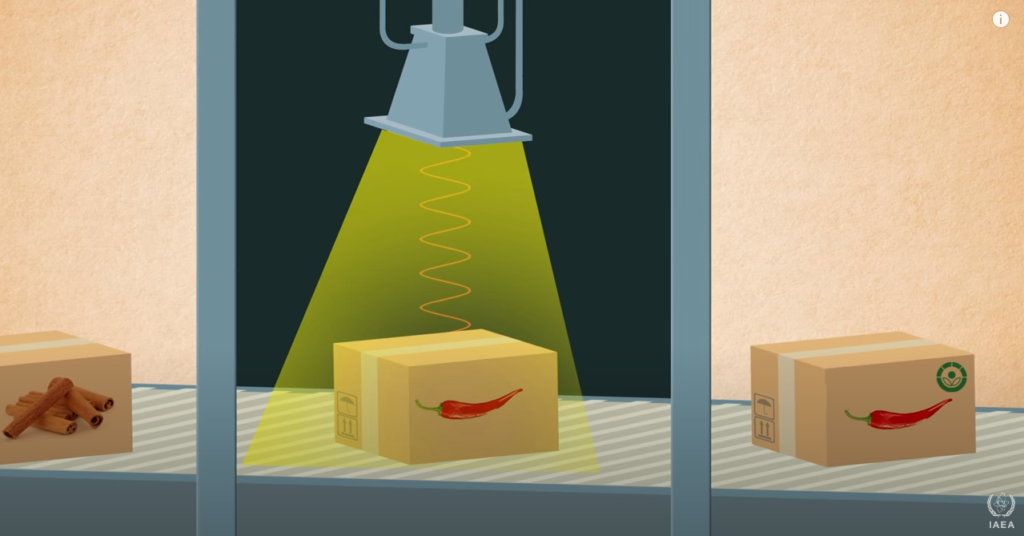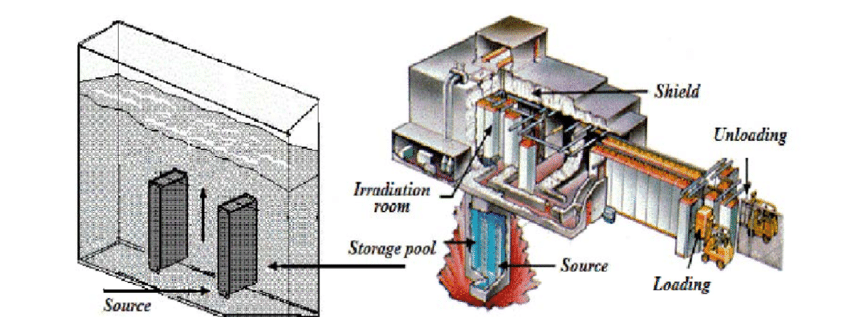You might have once seen a “treated with radiation” label on a pack of fruits at the supermarket. This is not something to be concerned about—using radiation on food can be traced back to the early 1920s, when ionising radiation was used for food preservation.

Benefits of Food Irradiation
Food irradiation does not make your food radioactive. Like milk pasteurisation, food irradiation kills bacteria, moulds, and other pests before people can buy and consume them.
It happens in a special processing room or chamber. The energy breaks chemical bonds to stop bacteria and other pathogens from multiplying. These include Escherichia coli, Campylobacter and Salmonella that spoil food and send thousands to the hospital a year. Take note that irradiating food cannot remove toxins that are already in food; it can control the spread, growth, and survival of the bacteria that produce the toxins.

Aside from preventing foodborne illness and food spoilage from bacteria, irradiation extends the shelf life of foods by reducing or eliminating microorganisms and insects. It can delay sprouting and ripening for fruits and vegetables, and allow long distance shipping for spices and grains.
There are also irradiation treatments for invasive insect pests, benefiting those in the agricultural industry.
Radiation Sources Used on Food
Food irradiators use gamma, x-rays, and electron beams. Their energy passes through the food like a ray from a large flashlight.

GAMMA – When using gamma sourced from cobalt 60, the source pencils (sealed stainless steel tubes) are placed in a rack raised from a water chamber. The packaged food products move along the conveyor belt and once these enter the inner room, they’re exposed to that rack of source pencils. The gamma rays will then treat the food.
X-RAYS – Widely used in medicine, X-rays can also penetrate food boxes up to 15 inches thick, allowing food to be treated in a shipping container. The x-rays are created with an electron beam accelerator coupled with a metal target.
E-BEAM – Electron beam’s ability to penetrate all packaging including foils make it ideal for decontamination of packaged goods. A highly-charged beam sweeps back and forth where products move through on a conveyor or cart system.
Find the Radura Symbol in Your Food
If a food product underwent irradiation and is for retail sale, there must be a label that it has been treated with radiation, either on the package itself or displayed near it.

The Radura symbol is a standard international symbol, generally presented in green colour. The leaf-like shapes represent agricultural products while the broken circle is the closed package penetrated by ionising radiation.
Radiation Monitoring for Irradiation Workers
The International Atomic Energy Agency (IAEA) published a safety guide for irradiation facilities. This includes individual and workplace monitoring as well as managing transport, loading and unloading of radioactive sources.
Looking for area radiation monitors or personal radiation monitoring devices? Connect with us here or our email address: info@sensaweb.com.au. You can also call us at +61 415 409 467.